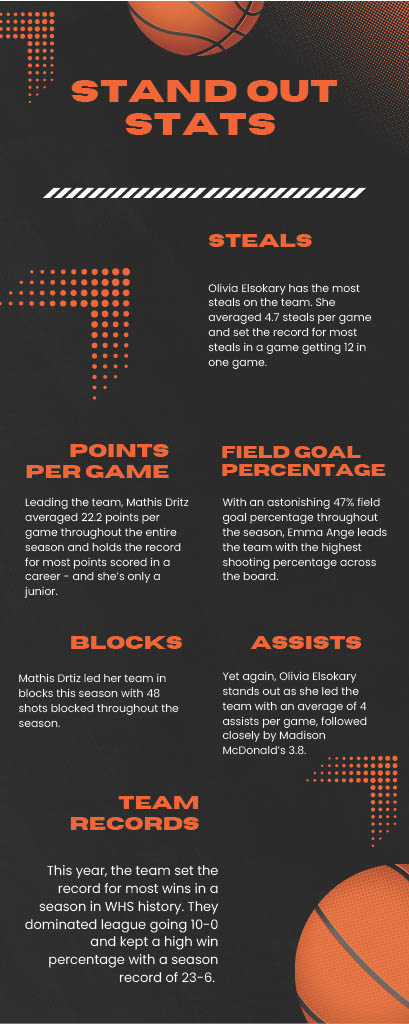Light at the end of the tunnel
There is hope.
This year, we have been put through challenges month after month. At times, the light at the end of the tunnel was hidden from view. However, it is not anymore. Two COVID–19 vaccines are going through the Food and Drug Administration’s approval to finally be administered to patients.
This is definitely a game–changer. I know I’m not alone in being hopeful that all of this is turning around. Not too long ago, it seemed like we would never get to a point where wearing a mask was our only concern, but maybe it is not a far fetched idea after all. For now, however, it is time to meet the two companies who have delivered to the world what it needs the most.
Moderna and Pfizer, have developed mRNA vaccines to combat COVID–19. Moderna, a biotechnology company based in Massachusetts, partnered with the National Institutes of Health for their mRNA–1273 vaccine. It has a 94.1% success rate after the second dose is administered.
Many people have been wondering why making a vaccine has taken so long. Trust me, so did I, but it is not just about creating the vaccine. That was done all the way back in January or March. The longest process is testing the vaccine to make sure it does not do more harm than good.
Moderna scientists actually started developing a coronavirus vaccine in January and were the first ones to start human trials, according to the New York Times. Since then, Moderna went through phase three of trials where they tested the developed vaccine on 3,000 human volunteers all over the nation.
Because of their preliminary phase three results that their vaccine had a 94.1% success rate, Moderna applied for emergency use authorization from the FDA in order to administer the vaccine to the infected citizens in the nation. An emergency use authorization allows an unapproved use of medical products to treat life–threatening conditions if there are no approved alternatives.
Just like Moderna, Pfizer also went through the same process, teaming up with BioNTech to create a vaccine since March that has had a 95% efficacy rate since the end of its phase three trials. Pfizer and BioNTech also applied for emergency use authorization from the FDA in November.
Seems promising, right? It is only 2 doses, and you are in the clear. That reasoning is what caused Britain to become the first Western country to grant emergency approval to such a COVID–19 vaccine and administer it to patients.
Don’t worry. We are not far behind them. The FDA is holding an approval session on Dec. 17 to consider Moderna and Pfizer’s emergency use authorizations.
As for the way the vaccines combat COVID–19 within our bodies, they work like traditional vaccines. Because they are mRNA vaccines, these vaccines allow for our bodies to take in the instructions for the virus and create spikes which are how the white blood cells in our bodies will recognize a foreign object in our bodies. Once that happens, our bodies activate our immune system. This process allows our bodies to recognize and remember the virus when the actual virus invades our cells.
It is fascinating that we are turning our bodies into soldiers by training them before the threat with real–life scenarios, so when the time comes, they can beat the virus.
The vaccines have been made, tested and hopefully approved. All that is left to do is wait because large scale distribution is not predicted to happen until in the spring of 2021. However, like our beloved Dr. Derek Shepherd in Grey’s Anatomy, I believe 2021 seems like a beautiful year to save lives.































